Description
African Grey for sale
African Grey for sale,the African Grey Parrots are sought out as a pet for their good looks and strong speaking ability. Yet talking is just one of the Grey Parrot’s learned skills, they are also great mimics of the sounds in their environment. They can distinguish and mimic the voices of individual people, as well as things like the other birds, the phone ringing, the microwave, and more. Although they can talk and mimic, they are neither overly noisy nor tend to engage in loud shrieking calls like some of the other vocal parrots.
With all these great qualities, African Greys are very favored parrots to keep as a pet, but these parrots do take a very committed keeper. African Greys are highly intelligent so can quickly become bored if not provided with plenty of stimulation. They need continuous human interaction along with lots of safe, but destructible toys to manipulate.
African Grey parrots have natural wild instincts still intact so must have supervision and care taken when interacting with people. They can be likened to the intellect of a 5 year old, but the emotions of a two year old. So they need strong socialization when young, and then ongoing training to be good members of your family.
The bird guides for each of the two common species, the Congo African Grey Parrot, and the Timneh African Grey, provide in-depth information about living with them and their activity needs, along with housing, care and feeding.
African Grey Behavior
African Grey Parrots are highly intelligent, inquisitive, and love to interact with people and objects. Yet they have a long life span, it can be 50 years (or more) in captivity. Many of the available pets being are only a generation or two away from their wild counterparts. They still have their wild nature intact and can be unpredictable at times. Their many qualities that make them desirable pets also require a special commitment from their keepers of regular one-on-one interaction and on-going training.
The African Grey Parrots(for sale) make very loyal and devoted companions, but they are not for everyone. Being a caretaker of an African Grey is not easy. They require lots of love, time, patience and effort to build a relationship. They tend to sit back and watch before giving of themselves freely. Once your Grey is comfortable and trusts you, you are on your way to a lifelong friendship.
An African Gray will need frequent interaction and playtime outside of their cage. Their cage needs to be large, and they need a lot of toys that are safe as well as destructible. They have a habitual nature and develop a strong bond with their family. They become comfortable with their space and human companions; changes in environment and people, or unfamiliar objects, can cause great stress. African Greys can become nervous and fearful
When African Greys are not provided with a comfortable, known environment that is secure yet stimulating, they can become nervous and fearful. Unpleasant behavior and even health problems can develop. Such things as feather plucking and nipping are common undesirable results. Once established, these types of problems are difficult to remedy. It’s much better (and easier) to address the needs of your pets right from the start.
They require ongoing attention by their keepers and stimulating interaction with various types of toys. This will help them cope more successfully whenever changes occur, being less fearful and timid, and more social.
Temperament
African grey parrots are the most intellectual parrot species. Many grow to be exceedingly sweet and friendly toward their owners, and the species is well-known for its sociability.
An African grey that is bored or ignored, on the other hand, is a miserable bird. A depressed or furious bird will scream its displeasure. You must provide plenty of cerebral stimulus for the bird.
Housing and Environment
African greys need a clean, warm, mentally stimulating environment. A large, wrought iron parrot cage, free of rust and chips is the best home for a pet African grey. Never purchase a round cage. The cage should be at least 36” x 24” x 48”. The basic rule of thumb is – the bigger the better! The spacing between the bars of the cage should be no wider than ¾ of an inch. Your parrot will feel threatened and nervous if it is in direct traffic. Avoid drafty areas and any placement that will get too much direct sun for any portion of the day. If your bird spends time out of his cage, make sure that any ceiling fans are off while he is out. Do not place your bird’s cage in the kitchen, as cooking fumes and even a small amount of smoke can be fatal.
African Grey Parrots Habits
For the most part, African grays prefer lowland rain forest, but they will venture into surrounding savanna, mangroves, and agricultural land for food. They prefer to forage in small groups of no more than 50 birds. The species is mostly frugivorous, eating seeds, nuts, and fruit from a variety of genera, including Bombax, Ficus, Macaranga, and Raphia, with a preference for oil palm fruit (Elaies guineensis).
Flowers, bark, and invertebrates such as insects and snails supplement its diet. It also lowers to the ground to consume clay and soil, most likely in search of minerals and antiparasitic chemicals. When hunting in trees, it likes to climb between branches using its beak and feet rather than flying.
A flocking bird, the African gray congregrates in groups that may include as many as 1,000 birds to roost at night. Where possible, they roost on coastal or river islands or near clearings in order to avoid predators. Highly social, they communicate through a variety of raucous vocalizations that serve to coordinate flocking, warn of danger, and express anger toward rivals. The birds have been observed mimicking the calls of other bird species and even that of a bat.

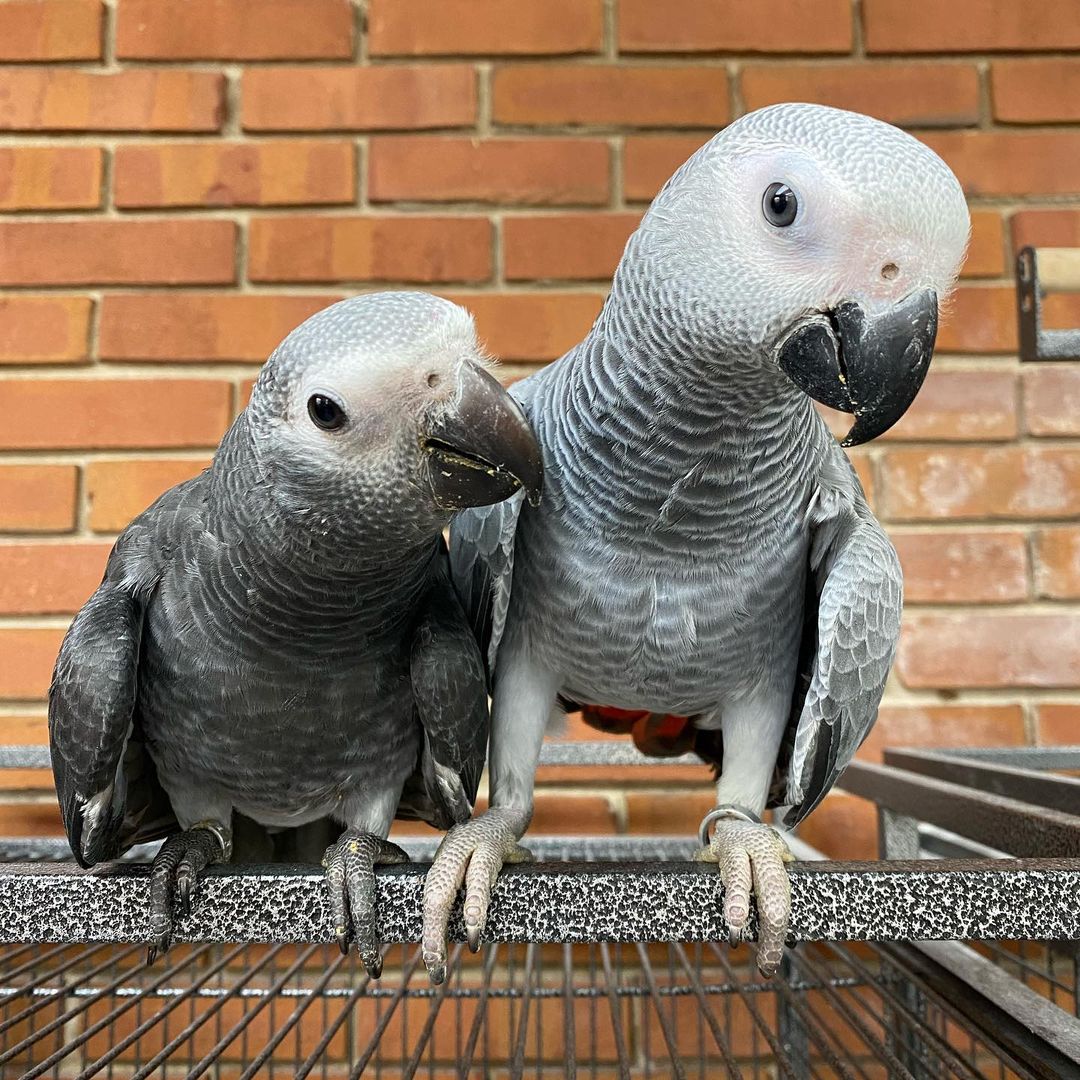
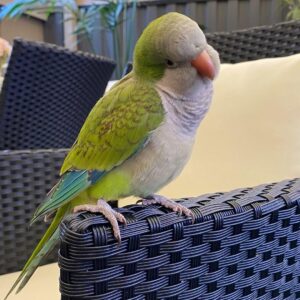
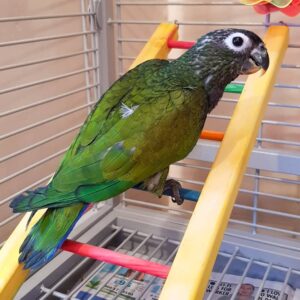
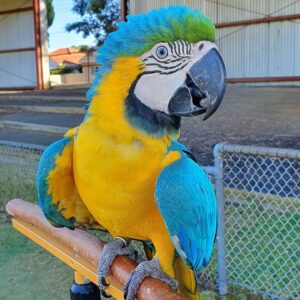
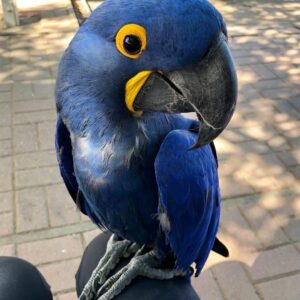
Reviews
There are no reviews yet.